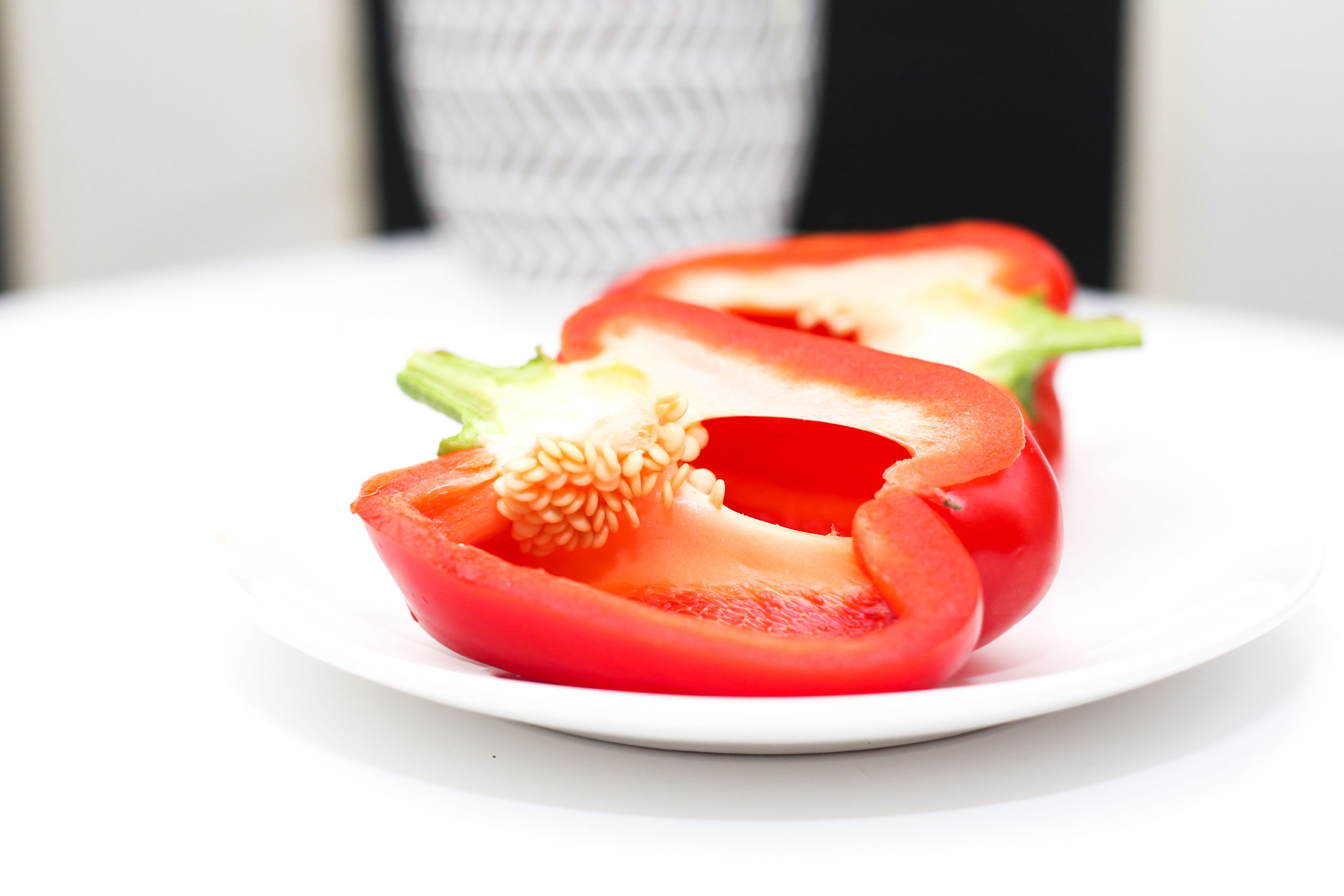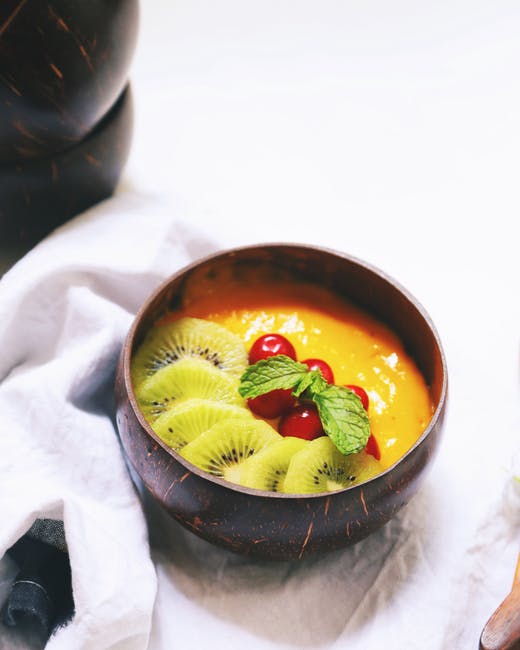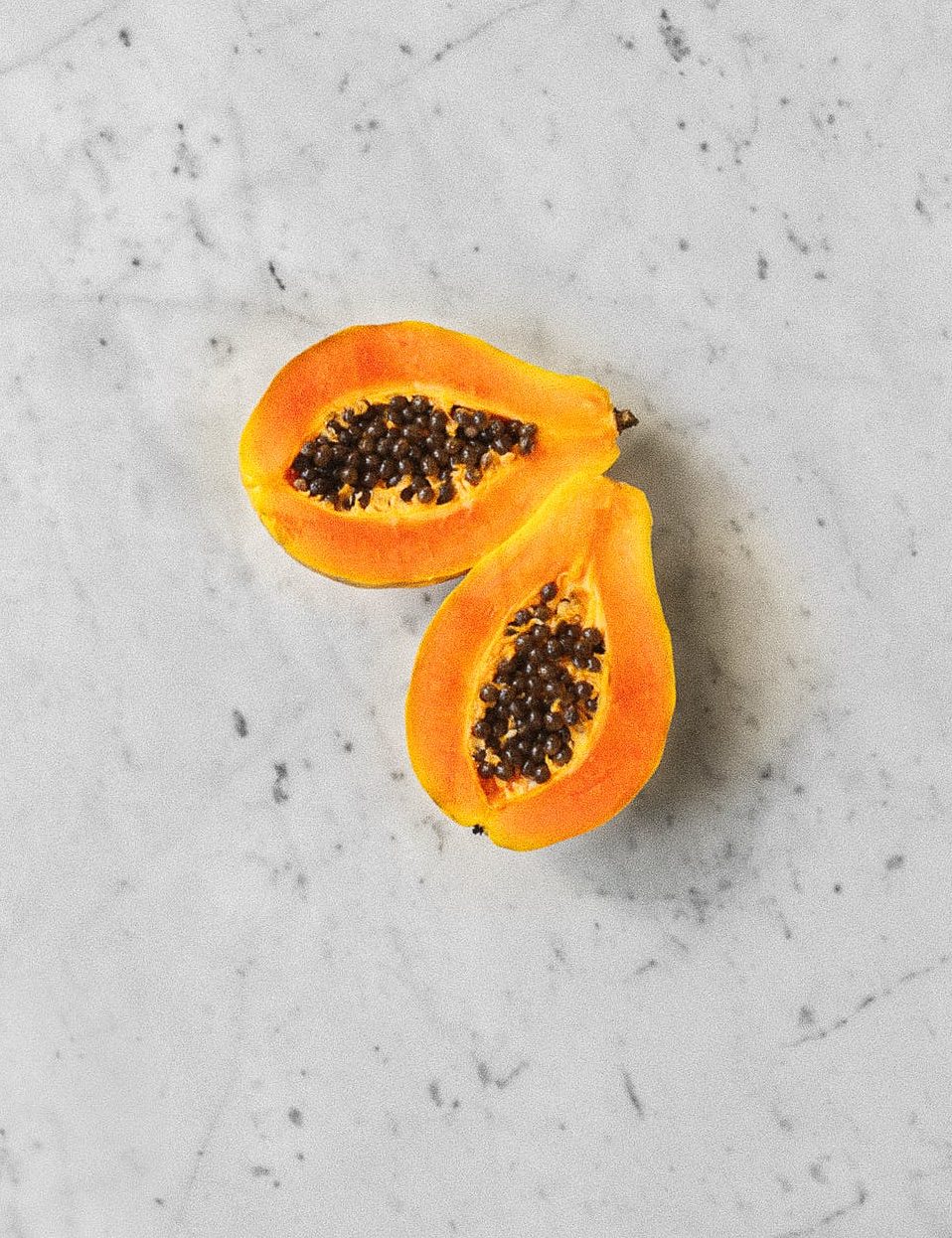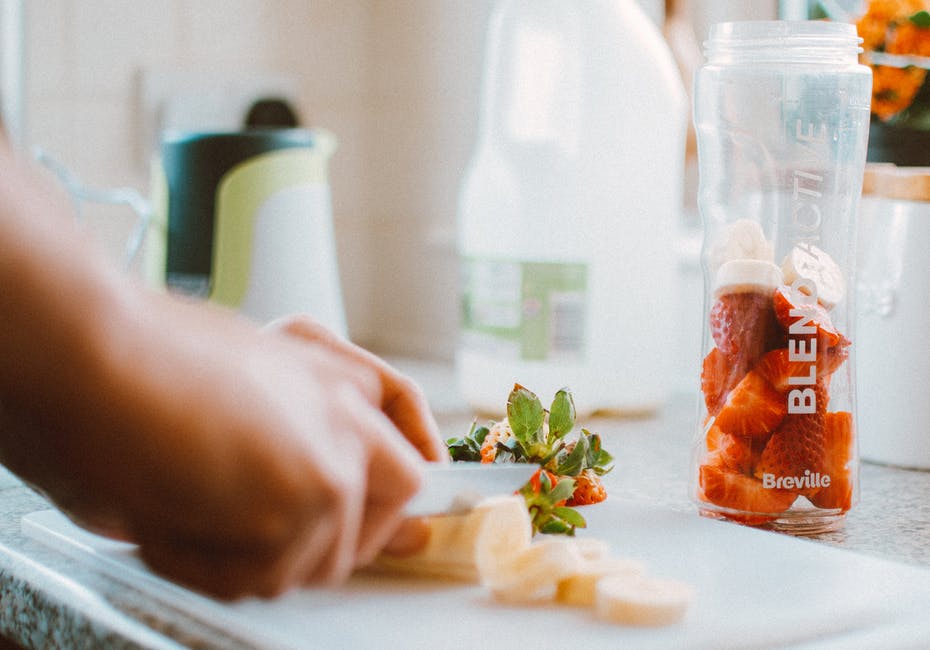How can I prevent myself from being infected?
You heard it, you’ve been hearing about it for months now. Coronavirus also known as Covid-19 is spreading like nobody’s business. It’s extremely important to protect yourself and protect others too. As with other coronaviruses, droplet infection seems to be the main mode of transmission. The virus enters the human body through the mouth or nose. This happens by breathing in infected droplets from someone else, or by touching a surface on which droplets have already landed. Then, when you later touch your eyes, nose, or mouth you at risk of catching it.
What can we do? We are still moving, many of us are still have to report to work or it may be just challenging to adapt a new routine.
Simple infection control measures such as proper cough/ sneeze etiquette, good old handwashing are very effective and important for prevention.
HANDWASHING
Hand hygiene is THE MOST IMPORTANT, I’ll say; not just hand sanitizer. You can’t keep using hand sanitizers while your hands are visibility soiled; therefore,wash your hands often with soap and water. Spend at least 20 seconds washing your hands and make sure all parts of both your hands are washed properly. If there is no visible dirt on your hands, an alcohol-based gel is also a good option.
Please, stop wearing gloves during your entire run to the grocery store. I have seen people touching the carts, items on shelves, car door, cellphone, face and eating food with the same dirty gloves. Meanwhile, Covid-19 is smiling at you and giving you the side eye because it’s cross- contamination. Basically, you’re picking germs from one place to another. Make sure you wipe your cart, carry your hand sanitizer and wash your has as soon as you can.
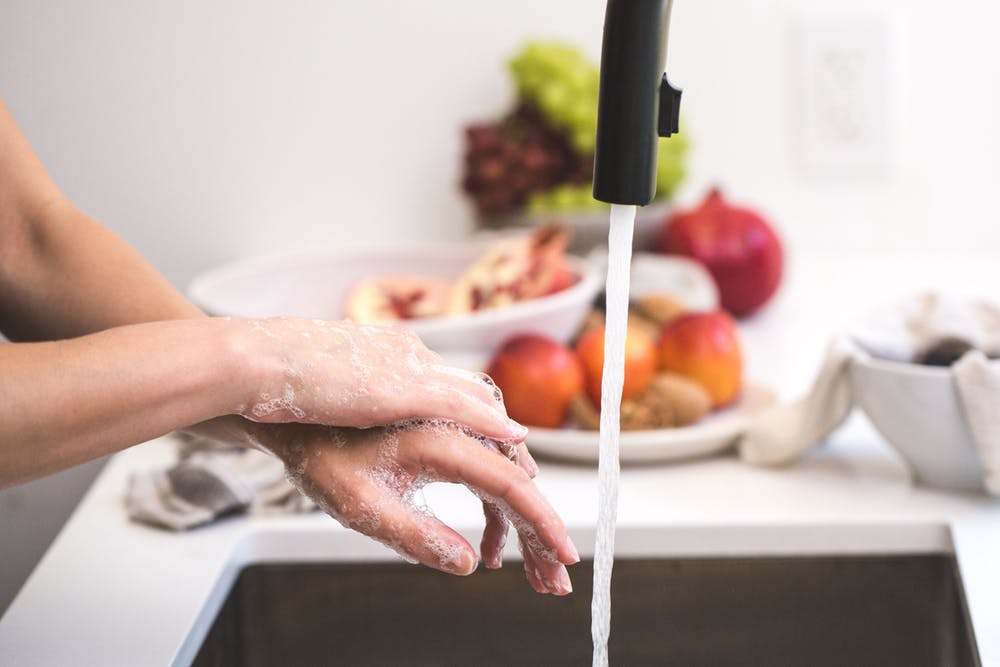
STAY HOME/ SOCIAL DISTANCING
Practice social distancing and stay home when you are healthy or sick, and avoid contact with other people. If you can afford it, buy a two weeks worth of groceries. Avoid crowded places and large gatherings, and keep some physical distance between you and other people.
If you cough or sneeze while you’re in public or at home, cover your mouth and nose with a tissue or with the inside of your elbow and immediately wash your hands.

SUPPORT
Our health system is currently overwhelmed with all the new administrations and lack of PPE (Personal Protective Equipment) such mask, gloves and gown to take care of your loved ones. If you can donate, adopt a hero, give some words of encouragement, please do !
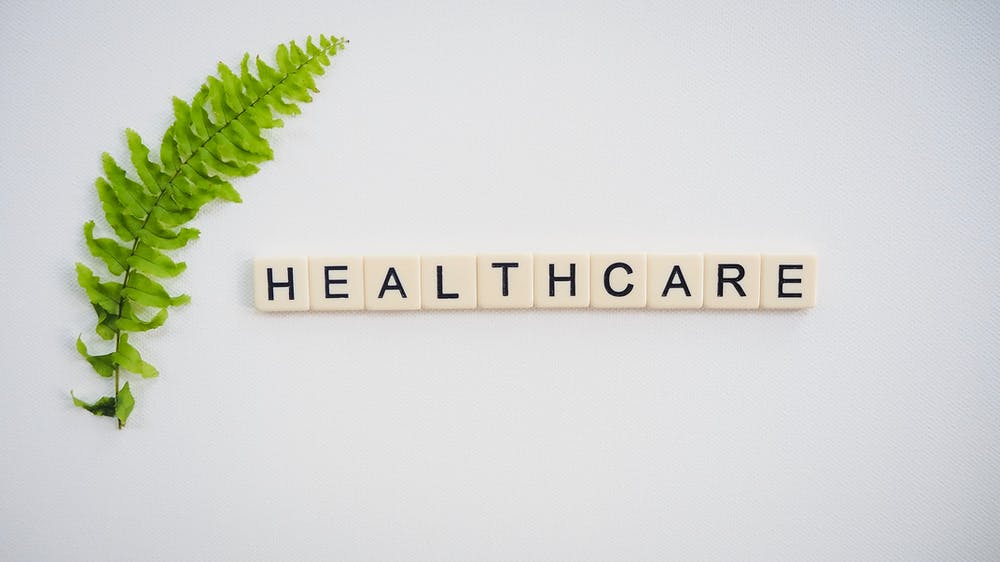
STAY HOME FOR US!!!


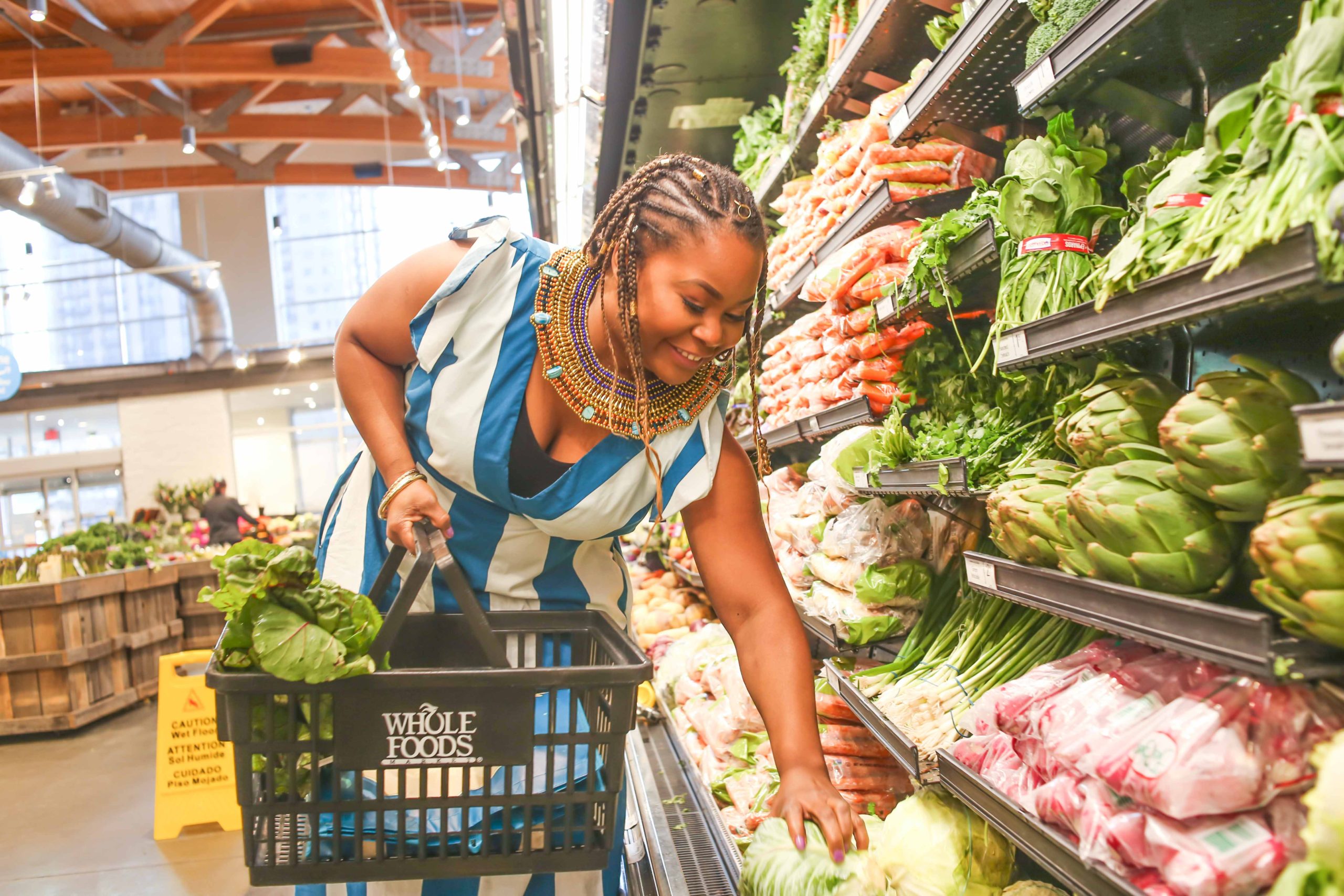
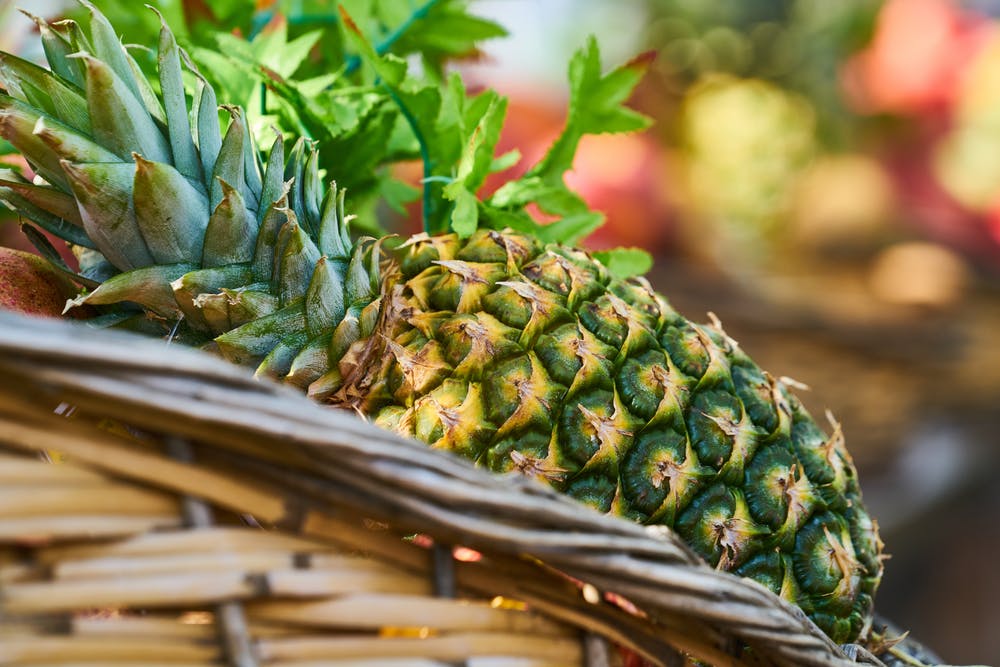

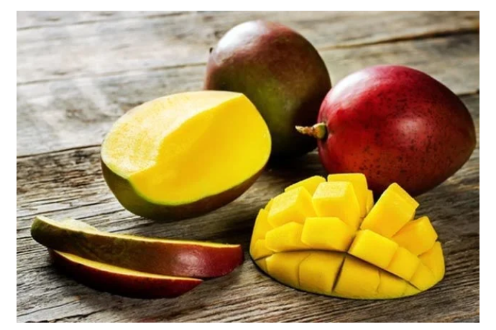 This is literally one of my favorites, after orange. Mango is an antioxidant that helps keep your eyes healthy, lower cholesterol and clear your skin. It
This is literally one of my favorites, after orange. Mango is an antioxidant that helps keep your eyes healthy, lower cholesterol and clear your skin. It